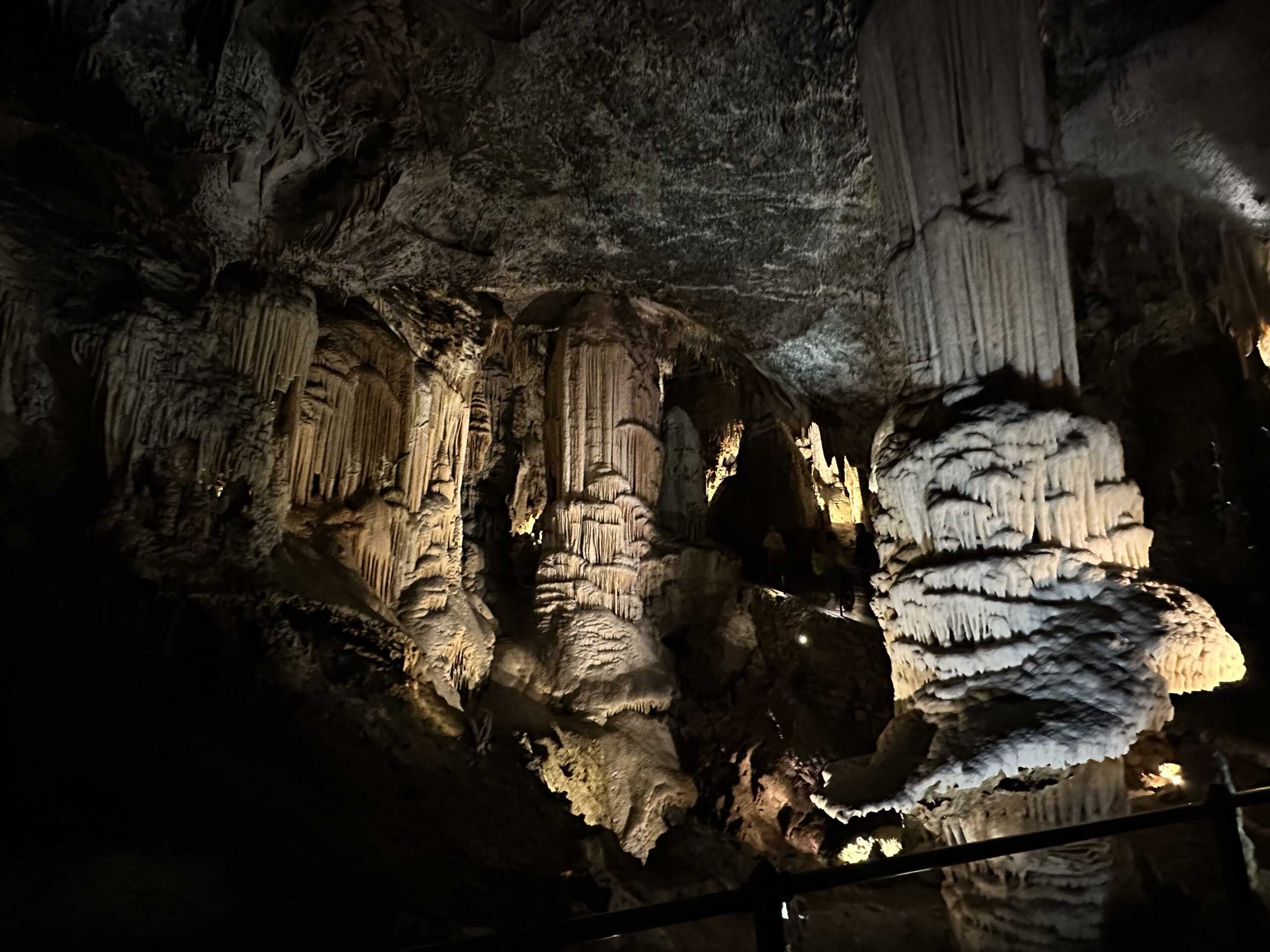
Postojna Cave is located in the Inner Carniola region, about 35 km from the Italian border and about 55 km from Ljubljana.
Originating from the hydrographic complex of the Pivka River, the caves are rich in stalactites (from top to bottom) and stalagmites (from bottom to top) created thanks to the calcium carbonate-rich water droplets that have been deposited over the centuries.
Scholars have determined that the caves began to form over 500,000 years ago, although precise dating is almost impossible.
Used as a shelter in prehistoric times and transformed into a sort of mysterious attraction in the thirteenth century, the caves appear for the first time in some written documents only in 1689.
The explorations continued in the following centuries, arriving in 1818 to discover some of the most interesting areas, thanks to the work of Luka Čeč.
In 1872 they were opened to tourists and the railway network was built that still allows access to visitors today.
Postojna Cave is the most visited in Europe and, at its deepest point, reaches 115 meters below the surface with an average temperature of about 10°C.
At the end of the guided tour is the tank with the proteus, mascots of the Caves and nicknamed baby dragons.
The proteus (Proteus anguinus) has a length of 25 to 30 centimeters. It is an animal that has fully adapted to life in the dark. It lives up to 100 years and can go without food for several years.













